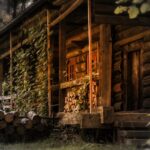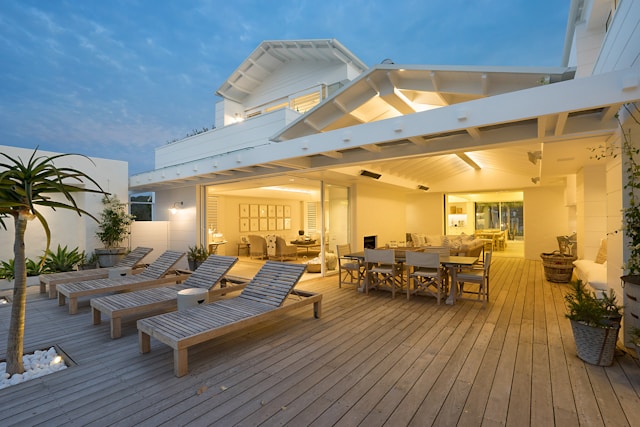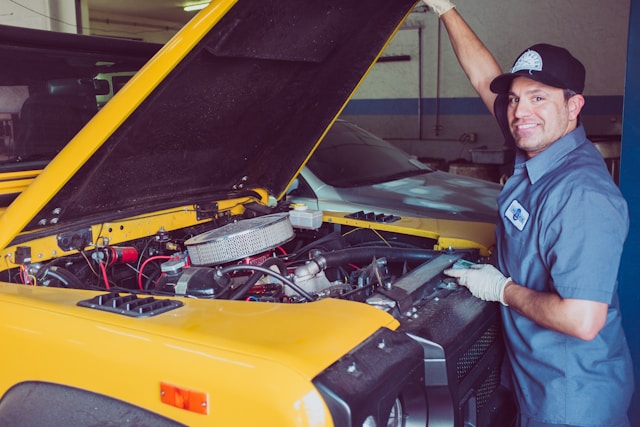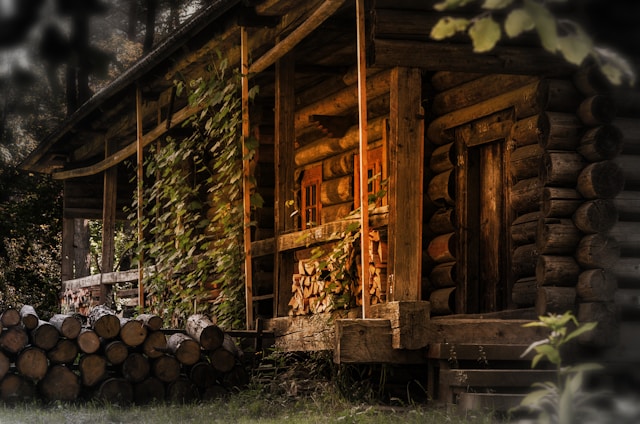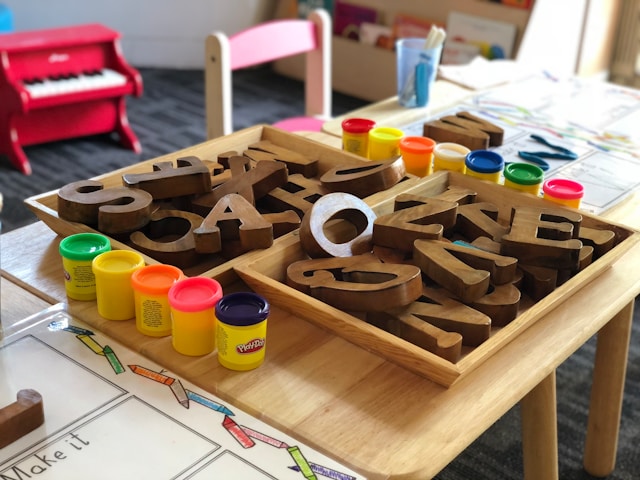Exploring the Longevity and Benefits of Durable Siding Materials for Modern Homes
Key Takeaways:
- An in-depth look at various siding material options and their expected lifespans.
- Analysis of energy efficiency and protection provided by high-quality siding.
- Examination of the balance between upfront costs and long-term savings.
- Discussion on sustainability and technological innovations in siding materials.
Table of Contents:
- Understanding Siding Materials and Their Lifespan
- Advantages of Investing in Durable Siding
- Types of Durable Siding Materials
- Cost Versus Value: Finding the Balance
- Proper Installation and Maintenance for Longevity
- Eco-Friendly and Sustainable Siding Options
- Innovations in Siding Technology
- Common Challenges and Solutions with Siding
- Choosing the Right Siding for Your Climate
The facade of a house is its first impression, its armor against the weather, and a significant factor in its overall energy efficiency. The optimal siding material can be pivotal for aesthetic gratification and the home’s long-term health and energy consumption. With ample options on the market, it’s crucial to understand how materials like vinyl siding Laurel MD, could be the perfect blend of cost-effectiveness, durability, and ease of maintenance one seeks.
Understanding Siding Materials and Their Lifespan
Siding materials are the protective exterior layer of a building, pivotal for warding off environmental aggressions such as rain, snow, and wind. They also play a crucial role in defining the look and feel of a home. Materials range from traditional wood to modern fiber cement, each with unique characteristics, costs, and lifespans. For instance, quality vinyl siding can last upwards of 20 to 30 years, while other materials like brick or stone can offer even greater longevity. These lifespans can fluctuate based on the material’s exposure to harsh climates, the quality of original craftsmanship, and diligence in maintenance practices by the homeowner.
Advantages of Investing in Durable Siding
Durable siding offers an extensive list of advantages for the discerning homeowner. It plays a significant role in the house’s thermal envelope, contributing to notable energy savings by keeping homes warmer in the winter and cooler in the summer. Additionally, high-quality siding such as vinyl or fiber cement is designed to withstand the onslaught of nature’s elements, reducing the risk of water infiltration, which can cause costly structural damage over time. The aesthetic charm of well-maintained siding also cannot be understated, as it can significantly augment a property’s curb appeal and market value.
Types of Durable Siding Materials
Vinyl Siding
As a highly versatile and cost-effective option, vinyl siding offers many aesthetic options while requiring little maintenance. Its resilience means it does not succumb easily to rot or insect damage, and it stands up well against most weather conditions without peeling or fading — making it a favorite for those seeking longevity without the hassle of frequent upkeep.
Fiber Cement Siding
Boasting superior durability and fire resistance, fiber cement siding has emerged as a leading choice for homeowners. Imitating the look of wood, stucco, or masonry, it offers the visual appeal of more natural materials without the associated risk of decay or infestation. Though it may come at a higher cost initially, its robust composition means fiber cement siding remains unscathed by the conditions that would typically deteriorate other siding types.
Wood Siding
For a classic, time-honored look, nothing beats the natural beauty of wood siding. Wood can offer unparalleled aesthetic appeal in various species with distinct coloration and patterns. However, this beauty does come with a requirement for more maintenance. Regular treatments are necessary to guard against moisture, insects, and the ever-changing climate to preserve the wood’s condition and extend its life beyond the typical 20-year expectancy.
Cost Versus Value: Finding the Balance
When approaching the purchase of siding, it’s essential to balance the immediate cost and the long-term value provided. Higher-end materials like insulated vinyl or fiber cement may present a steeper upfront cost, leading to lower utility bills and less frequent replacements. Also paramount is considering the added value to the home’s future resale value, as updated and durable siding is often a key selling point.
Proper Installation and Maintenance for Longevity
The finest materials can only be performed if installed correctly. Professionals with expertise in siding installation can ensure that materials like vinyl siding in Laurel, MD, perform to their full potential. These experts comprehend the intricacies of each material and adapt their method accordingly to guarantee optimal longevity and efficacy. Post installation, homeowners should commit to regular maintenance — cleaning, inspecting, and promptly repairing any damage — to maintain the integrity and appearance of their siding for years to come.
Eco-Friendly and Sustainable Siding Options
The demand for eco-friendly siding options has risen as attitudes shift towards more environmentally sustainable practices. Innovations have led to the creation of materials that offer low environmental impact in manufacturing and performance. Products such as recycled steel siding, sustainable wood options, and durable composites allow homeowners to contribute positively to the ecological conversation while enjoying the strengths of traditional, less sustainable options.
Innovations in Siding Technology
Technological advancements have ushered in a new era of siding materials with excellent durability and functionality. Composite materials and engineered wood products, for example, have improved resistance to the elements and offer enhanced energy efficiency. Similarly, pigment innovations and coatings have allowed for colorfast siding options that maintain their vibrance for extended periods, even under punishing exposure to ultraviolet light and harsh weather.
Common Challenges and Solutions with Siding
Regardless of the chosen material, common challenges often arise, such as moisture intrusion, insect damage, and the impact of severe weather. Installing siding like vinyl, known for its moisture-repellent properties, can mitigate these issues. Maintaining the home’s exterior takes vigilance, but proper care and occasional repairs can resolve many potential problems, preserving the siding’s aesthetics and function.
Choosing the Right Siding for Your Climate
Homeowners must select siding materials suited to their local climate. Whether it’s the desert’s scorching heat, the coast’s humidity, or the northern states’ freeze-thaw cycles, each setting demands siding that can withstand specific climatic challenges. Insulated siding variants are preferred in locations with wild temperature fluctuations, as they help maintain a consistent internal temperature regardless of the external weather conditions.
In sum, as homeowners evaluate their siding options, they should consider how the characteristics of each material align with their lifestyle needs and environmental conditions. With research and suitable investment in products, they benefit from prolonged durability, improved home efficiency, and timeless visual appeal. Insights into the energy efficiency of siding are available from the U.S. Department of Energy. At the same time, those curious about the latest trends and technological advances can turn to resources such as Scientific American for cutting-edge information.


